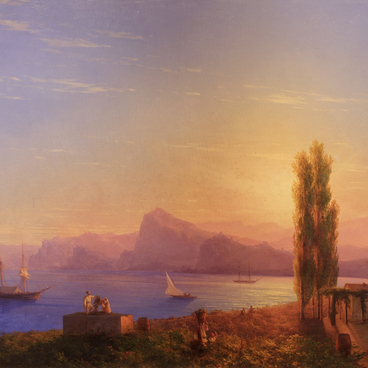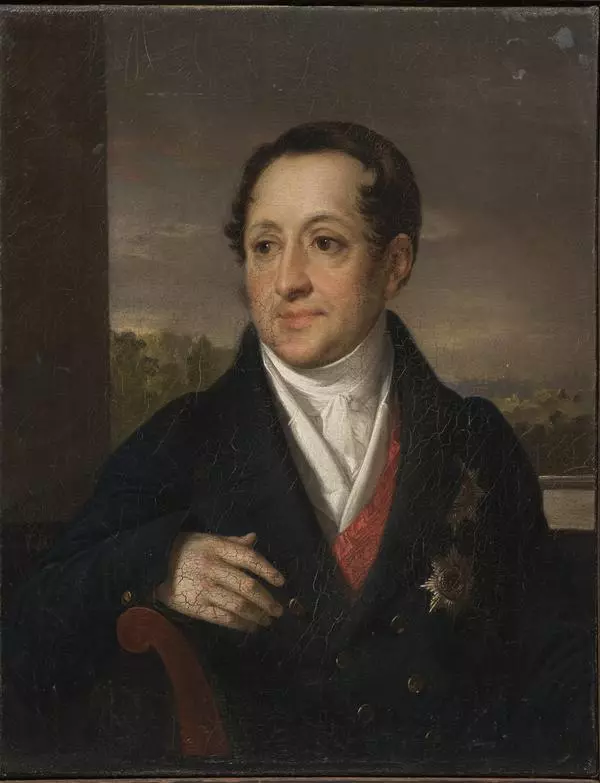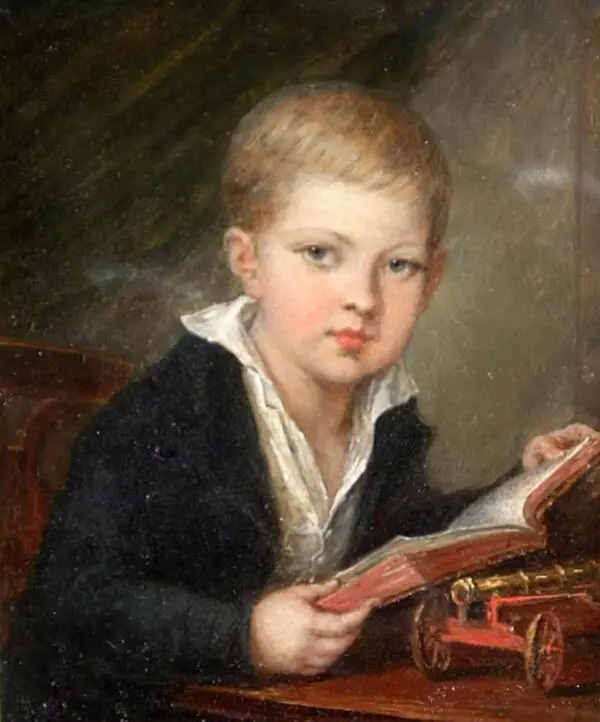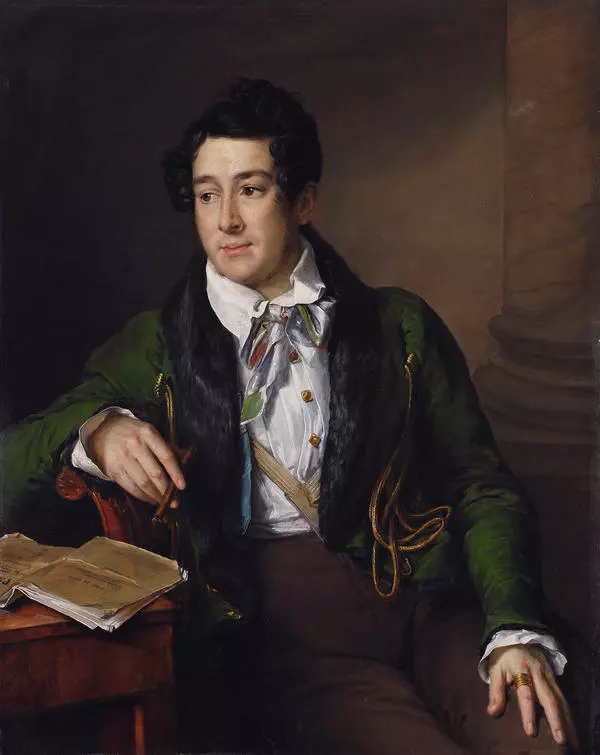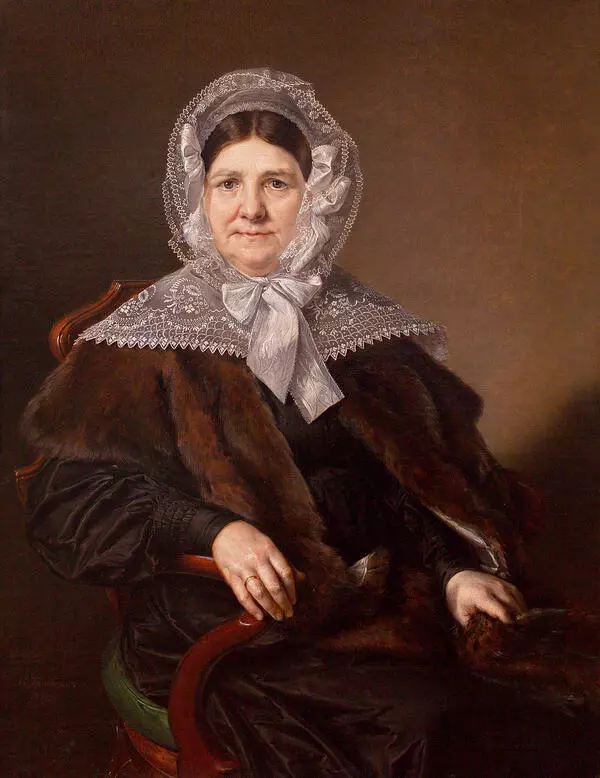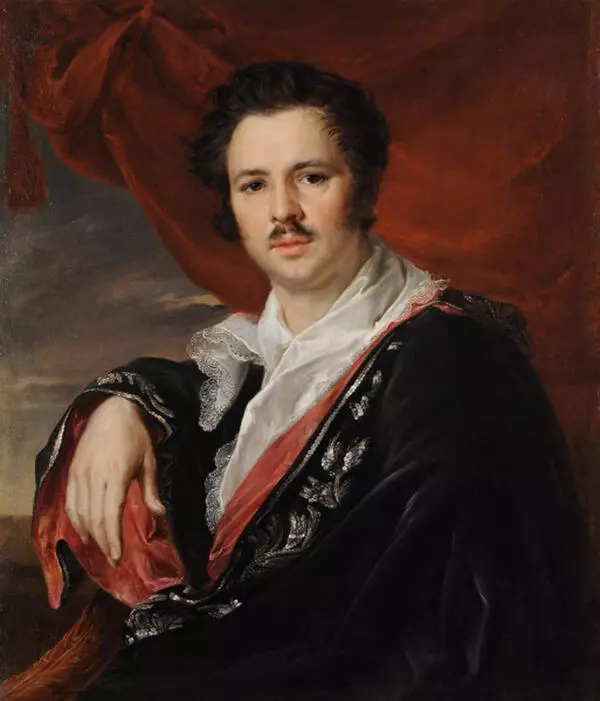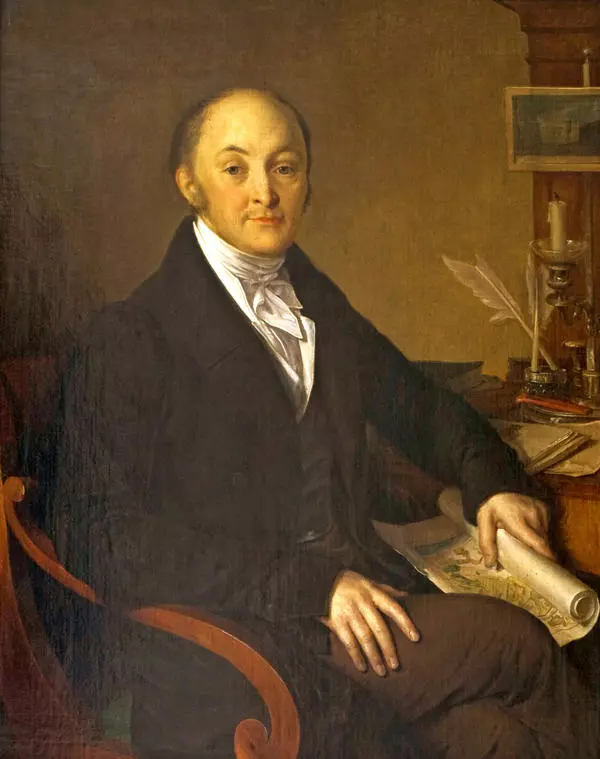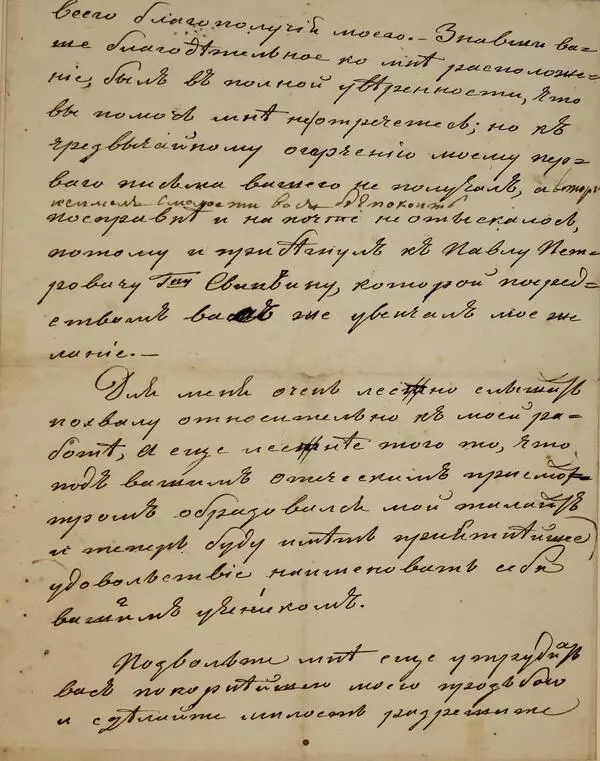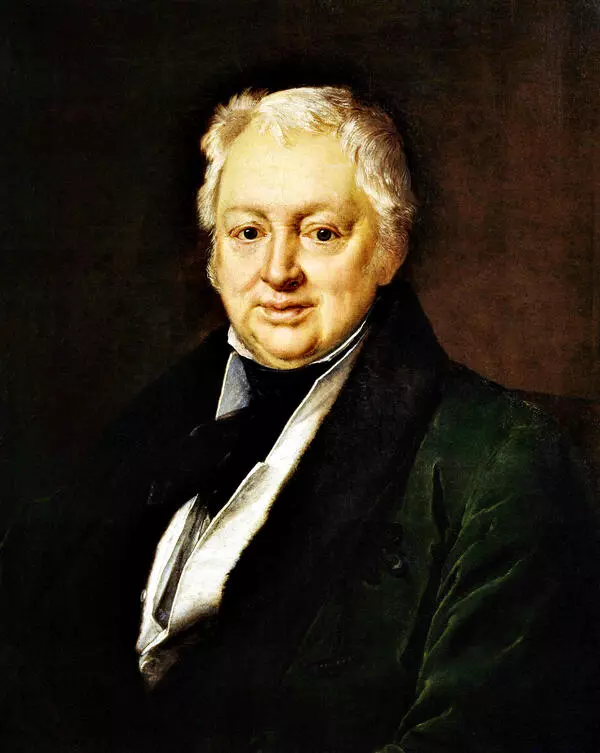Vasily Andreevich Tropinin was a famous Russian painter and master of realistic portrait. He was born as a serf of Count Münnich and was later transferred to Lieutenant General Count Morkov. It was only in 1823 that Tropinin finally received his freedom and became a free man. He was 47 years old at the time. As a non-matriculated student, he attended the Academy of Arts in St. Petersburg where he studied in the portrait class under the guidance of Stepan Shchukin.
Vasily Tropinin pioneered a new style in Russian portraiture, depicting a person with items related to their profession or skill. He created a series of paintings reflecting the life of serfs. One of his best paintings is “The Gold Embroideress”. Vasily Tropinin depicted a girl embroidering a canvas with golden brocade threads. He paid close attention to the world around his model and romanticized her craft. By depicting his models at work, Tropinin merged portraiture with genre art.
The State Tretyakov Gallery houses a similar painting with the same name, but it was created a year later than the original artwork from the National Gallery of the Komi Republic. It is a copy created by the artist himself. In Russia, gold embroidery was an exclusively female handicraft practiced by women in monasteries, boyar houses, and peasant huts. It took up to seven years to master this art, making it one of the most time-consuming forms of handicraft requiring great attention, perseverance, and precision. Russian craftswomen reached such a level of perfection in gold embroidery that their liturgical items were exported to other countries.
In 1827, Vasily Tropinin painted a portrait of
Alexander Pushkin at the request of the great poet’s friend Sergey Sobolevsky.
Contemporaries praised the portrait for its striking resemblance to the poet.
Besides commissioned portraits, the artist also depicted his friends and
acquaintances. He created a series of paintings portraying the “invisible”
inhabitants of Moscow, such as beggars, retired soldiers, elderly men and
women. He painted them mostly for himself.



